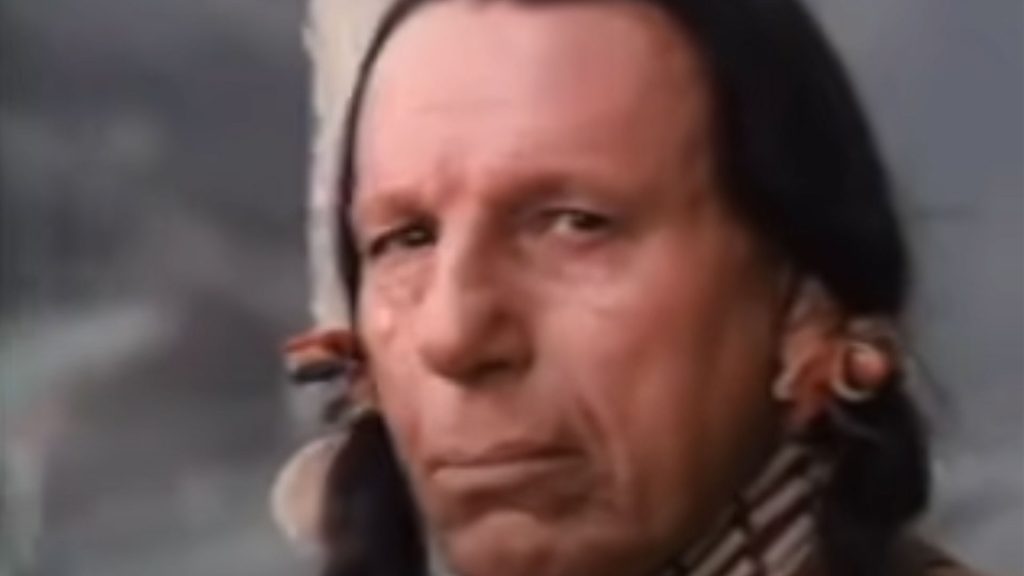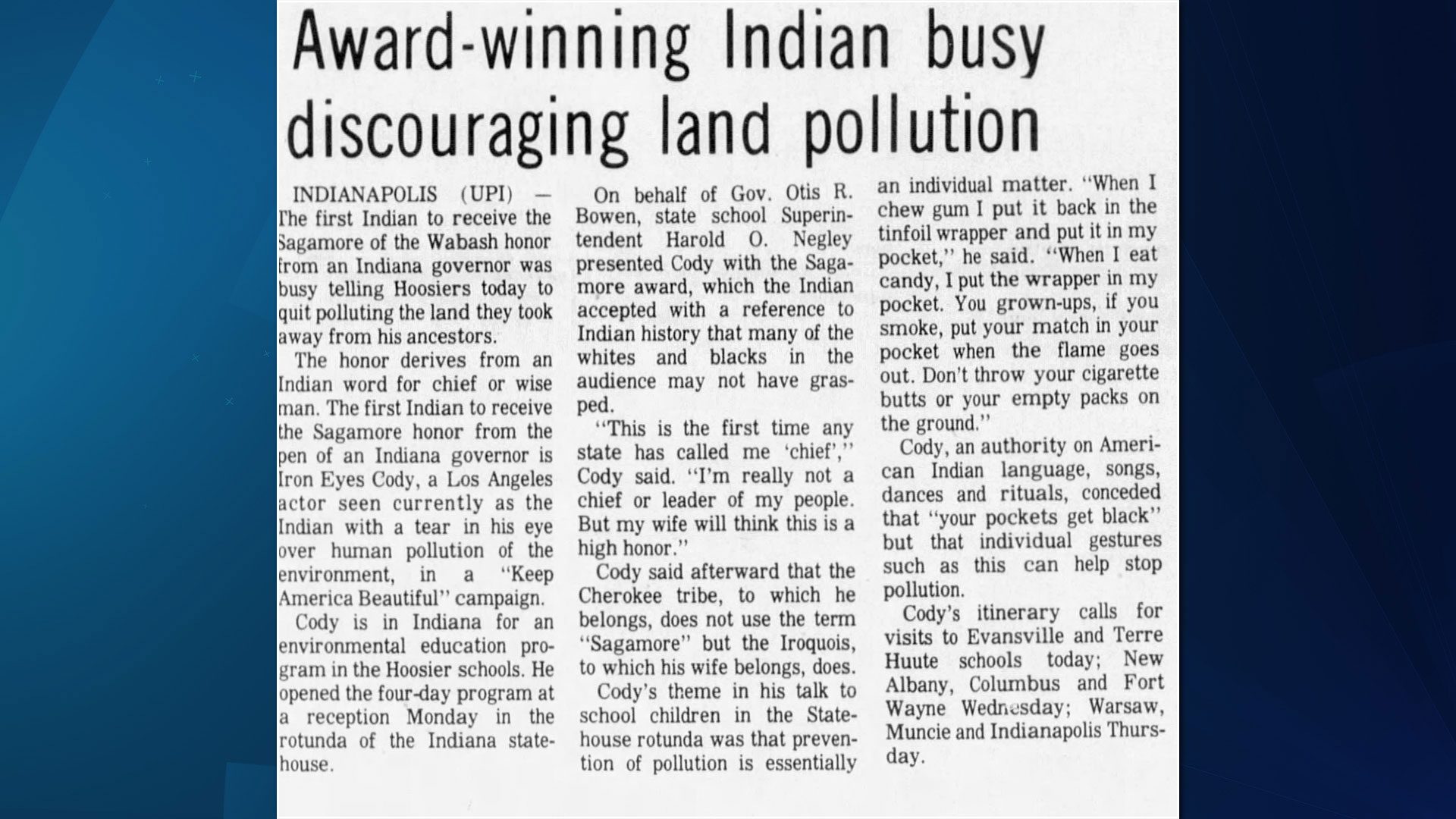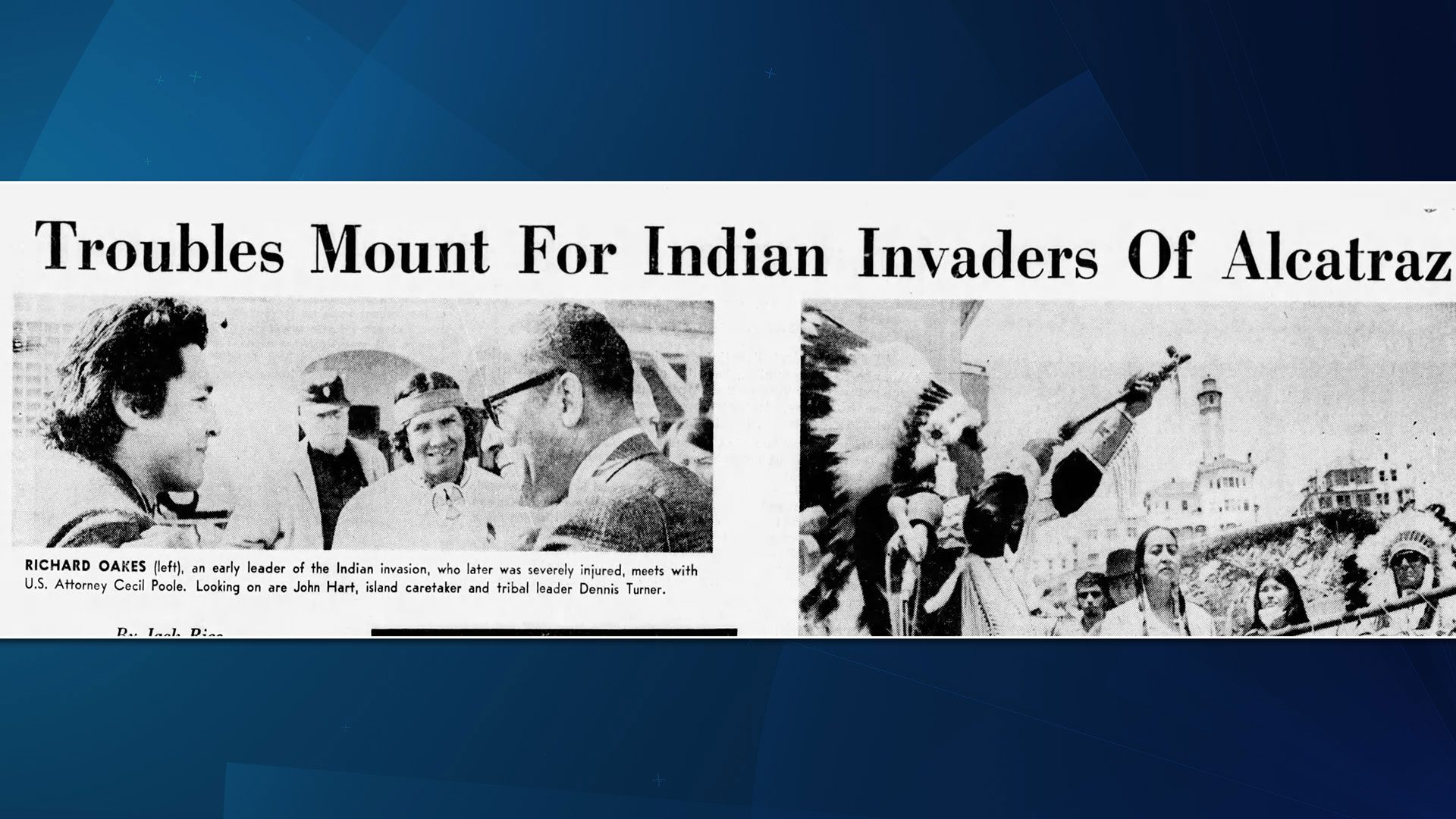
America’s famous “crying Indian,” anti-pollution campaign is being officially retired says Keep America Beautiful, the non-profit organization that promoted it.
When it first aired in 1971, the campaign was met with awards and acclaim by mainstream media, but for those in Indian Country, it was misappropriated Indigenous culture.
In the commercial Iron Eyes Cody, dressed in fringed buckskin, paddles a birch bark canoe through beautiful countryside. He then gets into an industrial area filled with pollution.
As he lands on the garbage-laden shore, he finds himself in an unnamed American city, full of cars and trash. The closer he gets to the city, the more dramatic the music in the background becomes.
The narrator starts, “some people have a deep, abiding respect for the natural beauty that was once this country. And some people don’t.”
When the actor steps up to the highway, a passenger in a passing car throws a bag of garbage at his feet.
The camera zooms in on Iron Eyes Cody’s face to reveal a single tear falling, ever so slowly, down his cheek.
The commercial aired on Earth Day April 20, 1970.
But there were a few issues with the Iron Eyes Cody campaign.
One was the stereotypical depiction of First Nations people – another was that Cody wasn’t First Nations.

An Associated Press obituary for Cody, who died in 1999, said he was born in Oklahoma and father was a Cherokee Indian. But, Cody’s background was revealed in a 1996 New Orleans Times-Picayune article, which included baptism records, stated that Cody was born to immigrants from Sicily.
The actor was born Espera Oscar de Corti.
The director of the National Congress of American Indians (NCAI) said in a press release that it “looks forward to putting this advertisement to bed for good.”
NCAI executive director Larry Wright Jr. said his organization will take over the monitoring for this advertisement and make sure it is only used for historical context.
“This advertisement was inappropriate then and remains inappropriate today,” said Wright.
Lou Magnani, creative head at the company Marstellar who put together this campaign, told the American press in 1971 that people in his department had “begged for the chance to work on the Keep America Beautiful” campaign.
The non-profit Keep America Beautiful was founded by leading beverage and packaging corporations like the American Can Co., and later joined by Coca Cola.
Today, the organization organizes planting of trees and shrubs, and runs national litter studies and clean up days.
“Keep America Beautiful wanted to be careful and deliberate about how we transitioned this iconic advertisement/public service announcement to appropriate owners,” Keep America Beautiful spokesperson Noah Ullman told APTN News. “We spoke to several Indigenous peoples’ organizations and were pleased to identify the National Congress of American Indians as a potential caretaker.”
Context around the ad

At the same time that the commercials won critical acclaim, actual American Indians provided a living contrast to the depiction of a faded culture by occupying Alcatraz Island, home of the famous prison that once held Al Capone, in San Francisco.
From late 1969 to 1971, activists took over the island and demanded that it would be given over for a national Indian centre, a university and cultural centre.
The advertisement has been an enduring pop culture icon with shows like The Simpsons and South Park referencing the ads.
With the transfer of the copyright, the NCAI plans to end the use of the ad.










